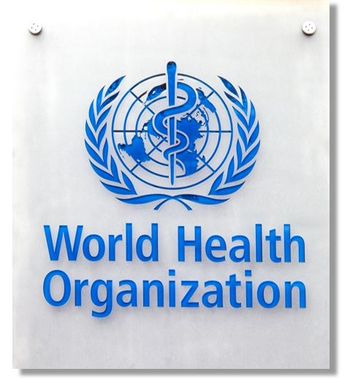
Heart Association Recommends Statins for Kids with High Cholesterol
DALLAS -- When diet and exercise fail to lower cholesterol in children with high-risk lipid abnormalities, statins should be first- line drug therapy, declared the American Heart Association.
DALLAS, March 22 -- When diet and exercise fail to lower cholesterol in children with high-risk lipid abnormalities, statins should be first-line drug therapy, declared the American Heart Association in a new scientific statement.
Brian W. McCrindle, M.D., M.P.H., who chaired the AHA committee that wrote the statement, published online in Circulation, Journal of the American Heart Association, said guidelines issued a decade ago by the National Cholesterol Education Program don't address the use of statins in children.
In the intervening years several trials in children with familial hypercholesterolemia have shown the use of statins had similar safety and effectiveness as in adults, said Dr. McCrindle, a pediatrician at the University of Toronto and a cardiologist at the Hospital for Sick Children there.
Currently, lovastatin, simvastatin, pravastatin and atorvastatin have pediatric labeling from the FDA on the basis of clinical trials performed in children with familial hypercholesterolemia.
The AHA said there is now definitive evidence that the atherosclerotic disease process begins in childhood, and the rate of progression is greatly increased by lipid abnormalities and their severity.
But "if you lower cholesterol in these kids, you can improve the function of their arteries and reverse early atherosclerotic change," he said.
Drug therapy should be considered in children with an LDL of 190 mg/dL or higher, or if the LDL is 160 mg/dL or higher and the child has positive family history of premature cardiovascular disease or has two risk factors for cardiovascular disease.
The minimum treatment target for statin therapy in children is an LDL of less than 130 mg/dL, but as with adults-lower is better. So the AHA said the ideal LDL goal is less than 110 mg/dL.
The statement cautioned that statins should generally not be given to boys younger than 10 and preferably after the onset of menses in girls. "Patients should ideally be at Tanner stage II or higher," they wrote.
But younger children should be considered for statin therapy if they have additional risk factors such as male gender, strong family history of premature cardiovascular disease or events, associated low HDL, high triglycerides, and small dense LDL.
The new statement also focused attention on the importance of weight, recommending that "in addition to family history, overweight and obesity should trigger screening with a fasting lipid profile."
The statement cited 14 clinical trials of lipid-lowering therapies in children. Most of those trials used statin therapies-three using lovastatin (Mevacor), two using pravastatin (Pravachol), one using pravastatin plus colistipol (Colestid), and one trial each for atorvastatin (Lipitor) and simvastatin (Zocor). The list also included studies of niacin, cholestyramine (Locholest, Questran) colestipol, and bezafibrate.
"Although these studies have been short term in nature, they have shown degrees of safety and effectiveness similar to those seen in studies performed in adults," wrote Dr. McCrindle.
The AHA said the decision to initiate statin therapy should be "influenced by the presence, magnitude, and number of other cardiovascular risk factors as well as by the presence of cutaneous xanthomas."
While the choice of statin "is a matter of preference" the AHA recommended starting at the lowest effective dose, once a day, usually at bedtime. As with adults the statement recommended measuring baseline creatine kinase, alanine aminotransferase, and aspartate aminotransferase.
Follow-up should include a fasting lipid profile at four weeks as well as measurement of CK, ALT, and AST. Thereafter, the recommendation was for regular monitoring of liver enzymes as well as fasting lipoprotein analyses at six-month intervals.
Newsletter
Enhance your clinical practice with the Patient Care newsletter, offering the latest evidence-based guidelines, diagnostic insights, and treatment strategies for primary care physicians.













































































































































































































































































